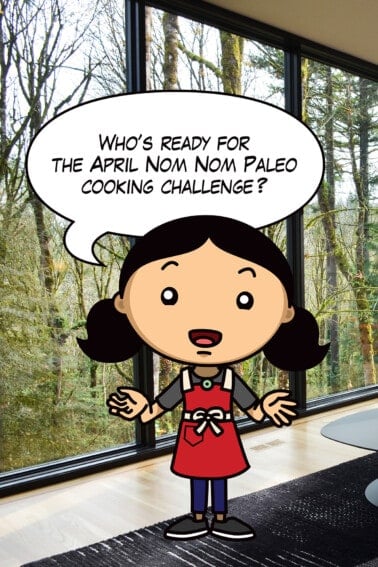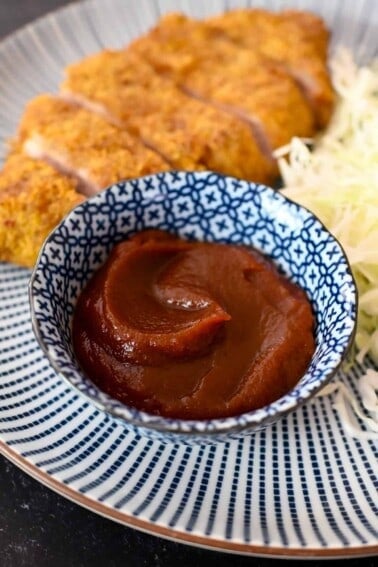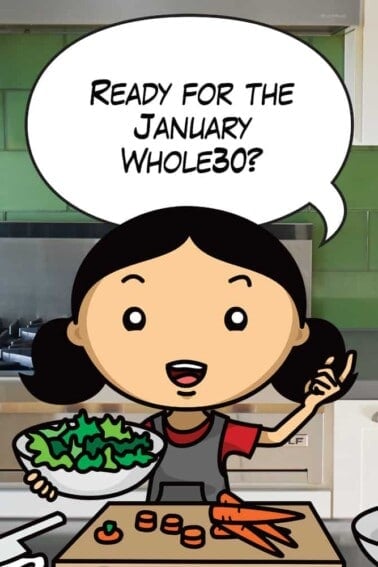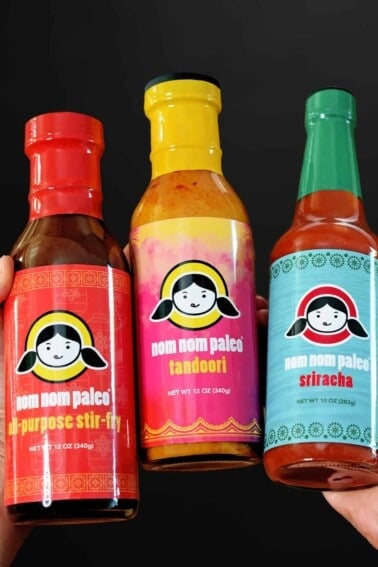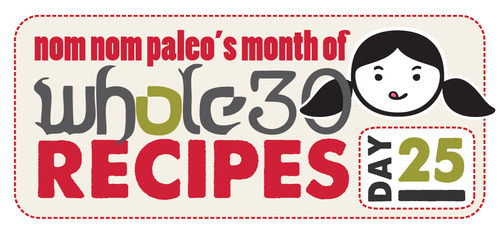

To Cambodians, it’s abóbora. Koreans call it danhobak. In Thailand, it’s fak thong, while Aussies and Kiwis refer to it as Japanese squash. And in Japan, it’s known as kabocha.
Personally, I don’t care what you call this squat, mottled green, winter squash – just make sure you save me some because it’s my favorite kind.
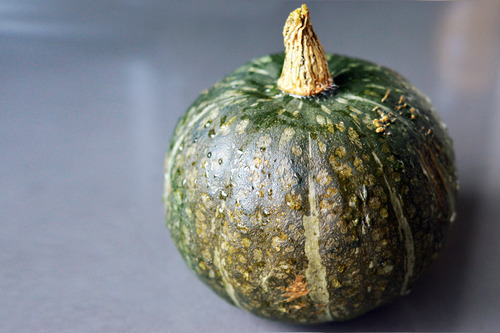
If you’re getting tired of butternut squash, try kabocha. It’s available year-round; pick a heavy one at the market and plop it on your kitchen counter. Don’t be all superficial and choose one that’s super green and shiny. Unlike a lot of other vegetables, kabocha squash tastes better with a little age and it’ll last for weeks without the need for refrigeration.
When you’re ready to cook, make sure you have a sharp knife and strong arms, because cutting into this hearty (and hardy) squash isn’t easy. 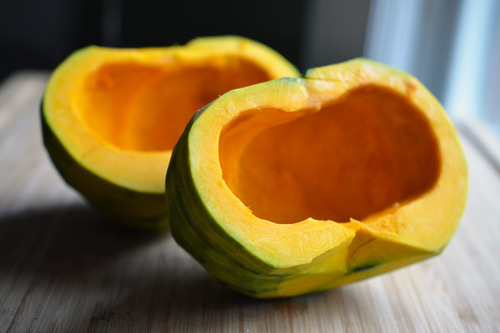
Peeling the squash is optional because the skin is edible. Sometimes I do, and sometimes I don’t.
Once you breach the kabocha’s tough green skin, you’ll discover a bright orange interior that – when cooked – yields a flavor profile that’s nutty and sweet, with a texture that’s lighter and fluffier than baked yam or pumpkin.
Across the globe, you’ll find kabocha used in cold-weather stews and soups like hobakjuk (Korean kabocha porridge). In my pre-paleo days, I always hoarded the crunchy kabocha slices from the tempura platter and savored them last.
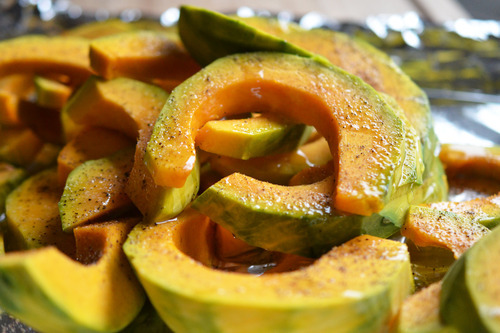
These days, I prefer my kabocha sliced and roasted. Most evenings, I’m rushing like mad to get dinner on the table, so I’m all for drop-dead simple recipes. But more importantly, these crunchy wedges are deliciously sweet right out of the oven. (Feeling fancy? You can always add a drizzle of aged balsamic vinegar, too).
I love that there’s an inverse relationship between the amount of time I put into prepping this recipe and the amount of enjoyment my family derives from it.
Alright, peeps – we have just five days left in the January Whole30. How’s the tiger blood treating you?
Looking for more recipe ideas? Head on over to my Recipe Index. You’ll also find exclusive recipes on my iPad® app, and in my cookbook, Nom Nom Paleo: Food for Humans (Andrews McMeel, December 2013)!

